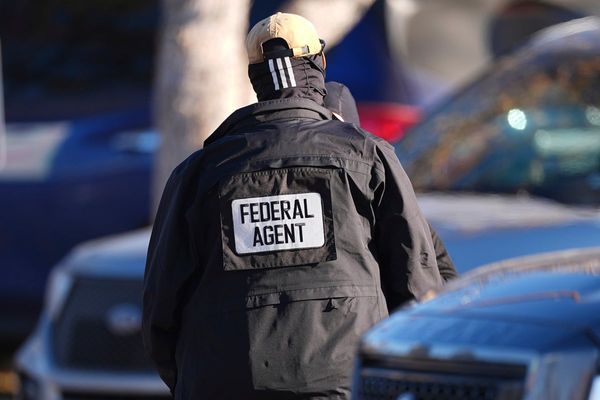
The rise of hard seltzers across America's drinking scene is hard to miss. From tailgates to grocery store shelves, these fizzy drinks known as ready-to-drink (RTD) beverages have increased from 3 percent of the overall alcohol market a decade ago to around 12 percent today. In raw dollar amounts, the current RTD market is valued at over $36 billion and is expected to increase to just under $100 billion by 2031. But beneath the bubbly surface lies a bitter struggle over protectionism and regulatory barriers in state legislatures nationwide.
A closer inspection of the fine print on these canned cocktails reveals a surprising fact: many are not crafted with distilled spirits—as any imbiber would expect—but rather with malt-based alcohol. In fact, up until recently something as simple as a can of Jack Daniels and Coca-Cola could not be found in the United States.
This distinction is not driven by consumer preference but, unsurprisingly, by government policies. Distilled spirits face a significantly higher taxation rate in the U.S. compared to beer and other malt-based products. Additionally, stringent regulations in many states restrict where spirits can be sold, often confining them to licensed liquor stores (or government-controlled outlets in some jurisdictions) rather than grocery stores. A true canned cocktail made with real distilled spirits is hit with a double-barrel blast of higher taxes and lower market access.
The disparities in treatment between spirit-based and malt-based RTDs are glaring, and the rationale for maintaining these different rules is illogical. Many spirit-based RTDs are only 5 to 6 percent alcohol by volume (ABV), just the same as malt-based versions. For instance, a can of malt-based White Claw is 5 percent ABV, while High Noon's vodka-and-soda canned cocktail sits at 4.5 percent ABV.
Despite this, only 29 states permit the sale of spirit-based RTDs in grocery and convenience stores, while nearly every state (47 out of 50) allows malt-based RTDs in these same outlets. Moreover, 45 states impose higher taxes on spirit-based RTDs than on malt-based offerings—and often the tax gap is comically wide. In West Virginia, a 6 percent ABV malt-based RTD has an effective tax rate of 2 cents per can, while a spirit-based RTD with the same ABV is subject to a 71-cent tax.
The beer industry, which predominantly focuses on malt-based RTDs, has actively lobbied to maintain this status quo of high tax rates and low market access for canned cocktails made with real distilled spirits. Numerous states are currently considering bills that would create tax parity and equal retail access for all types of RTDs, and in every one of those states, the beer industry is aggressively pushing to kill those reforms.
Rather than simply owning up to its protectionist-fueled rent seeking, the beer industry has framed its opposition to equal treatment for RTDs as a defense of beer as a drink of "moderation" and against the perceived dangers of liquor consumption—an argument that literally traces its heritage back to the temperance movement.
In 2022, then-CEO of the Beer Institute Jim McGreevy went so far as to call spirit-based canned cocktails "nothing more than gateways to the higher ABV products." He argued that because "some small portion of [a distillery's] portfolio are lower ABV products does not give them the right to have a lower excise tax rate on those products or any others."
The idea that the average High Noon tippler will suddenly begin throwing back double-pours of Macallan scotch all night is as sensible as presuming a toddler enjoying chocolate milk will abruptly start demanding three cups of black coffee every morning.
Even more egregiously, the beer industry's "Stand With Beer" campaign attempts to argue that not only does liquor have a higher ABV level than beer, but even cocktails–including pre-mixed canned cocktails–are more alcoholic than beer. However, the fine print on the campaign's website only compares various popular cocktails to a 5 percent ABV lager in a 12-ounce can, instead of, say, a 12 percent Double IPA in a 16-ounce can.
Rather than letting outdated government rules sustain an arbitrary system of winners and losers, policymakers should pursue reforms that promote competition and consumer choice. Retail restrictions based on alcohol type should be eliminated, permitting all alcoholic beverages–or at least products with similar ABV levels–to be sold in the same outlets. Moreover, taxation should be based on ABV levels, rather than muddling along under today's insanely complicated system. This would institute an easy-to-understand and unbiased formula that would not create obvious advantages for any particular sector of the drinks market.
The American beer market is the envy of the world in terms of variety, quality, and innovation, and it should not need preferential government rules to stay competitive. It's time to let the best hard seltzer win.
The post Big Beer vs. Canned Cocktails in the Grocery Aisle appeared first on Reason.com.







